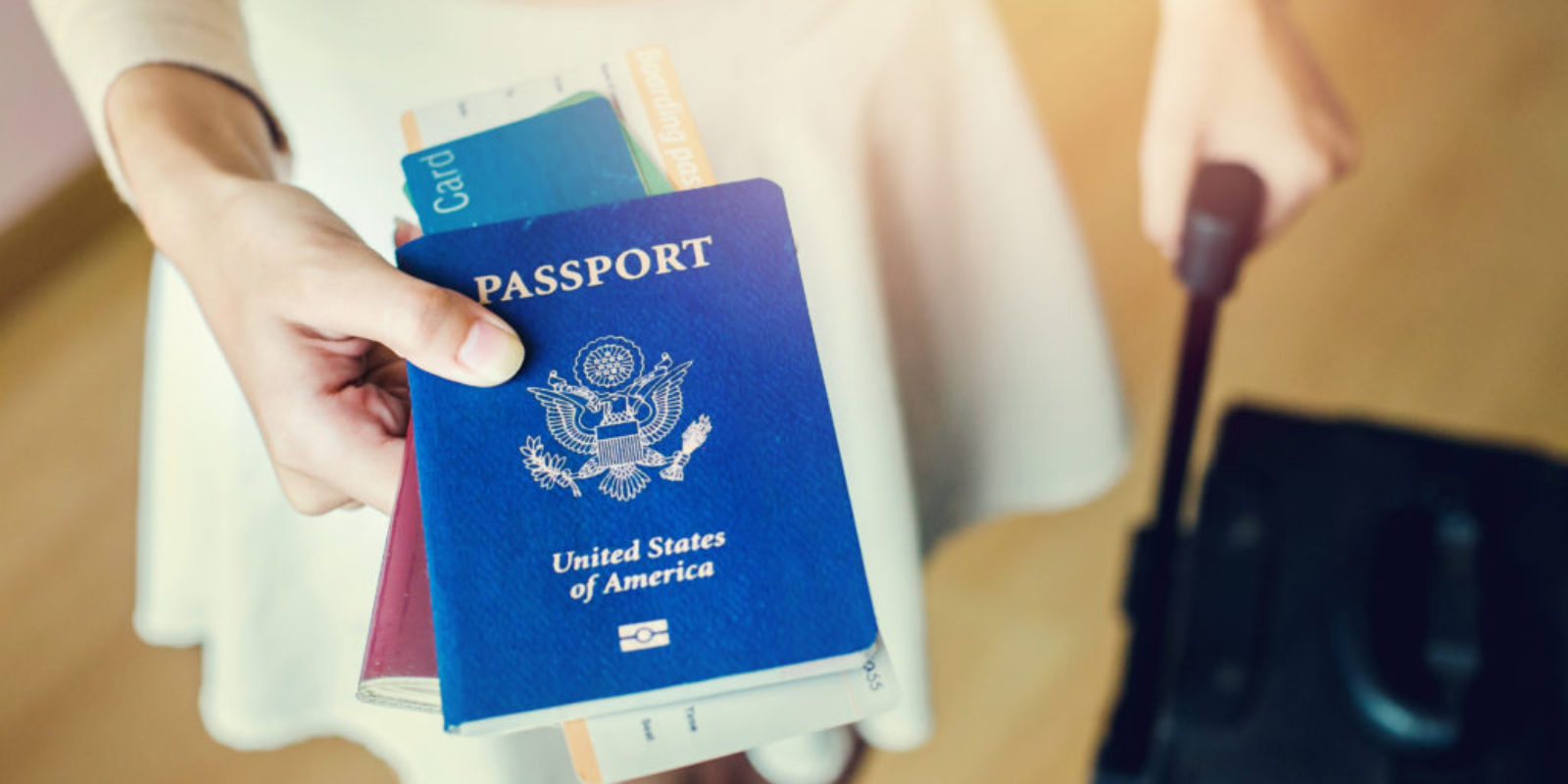One of the simplest ways to ensure a great vacation is having all the proper documentation. Everybody knows you need a passport to travel internationally. Several countries also require U.S. citizens to have entry visas. (You can find all of this information on the US State Department website.) For residents of certain states, though, domestic travel will get a lot more complicated in 2018. Why? Well, it’s thanks to varying degrees of compliance with the Real ID Act.
What is the Real ID Act?
Passed in 2005, the Real ID Act set minimum standards for state-issued identification cards. In order to be accepted by federal agencies, including the TSA, state-issued IDs must meet these standards. Other facilities include federal buildings and nuclear facilities.
Real ID Act compliance
As of December 2017, 27 states are in compliance with the federal requirements. DHS issued an extension for 20 more states, which expires October 10, 2018. (More details below.)
HOWEVER, three states are not compliant and have not yet been granted an extension. These three states – New York, Michigan, and Louisiana – have a grace period that expires January 22, 2018. Unless the Department of Homeland Security grants an extension, residents of those states will not be able to board domestic flights using their driver’s licenses as identification.

If you live in one of those states, you’ll need another form of identification in order to travel on a domestic flight. Acceptable forms include a valid passport, passport card, or trusted traveller card. Trusted Traveller programs include Global Entry, NEXUS, SENTRI, and FAST. A U.S. military ID, Canadian provincial driver’s license, or Indian and Northern Affairs Canada card will also suffice.
This January 22 deadline also applies to residents of the U.S. territories of Puerto Rico, Virgin Islands, Guam, American Samoa, and the Northern Mariana Islands. Only Puerto Rico, the USVI, and Guam have an extension at the moment.
Children under the age of 17 are not required to have an ID, although it’s a good idea.
Real ID Act extensions

On October 10, 2018, the DHS extension for the remaining states expires:
Alaska, Washington, Oregon, California, Idaho, Montana, North Dakota, Minnesota, Illinois, Missouri, Oklahoma, Maine, New Hampshire, Rhode Island, Massachusetts, New Jersey, Pennsylvania, Virginia, Kentucky, and South Carolina
As a resident of a state listed above, you might need more than a state-issued ID to fly domestically beginning next fall.
By October 2020, all air travellers must show a compliant license or other form of ID. Even though this deadline is over two and a half years away, it’s important to be aware of it now. The slow implementation by DHS (over 4 years) was on purpose. It ensures that citizens understand the implications of a non-compliant license, and allows for time to get a different form of ID. States also had to change laws, so it also gave them time to pass new legislation.
How to be compliant with the Real ID Act

If your state is not compliant, and you don’t already have one of the acceptable alternate IDs, be proactive. If you are planning to fly within the U.S. or territories, make an appointment as soon as possible to get a passport or passport card.
**Keep in mind that if you plan to travel internationally, you must have a passport. A passport card allows for land or sea travel between the US and Canada, Mexico, Bermuda, and the Caribbean. Travellers cannot use a US passport card for international air travel under any circumstances.**
You can always buy a toothbrush if you forgot yours. If you don’t have the proper identification, though, you’re in real trouble. The last thing you want is to invest time and money on your vacation only to be turned away at the security checkpoint for not having the proper ID.



